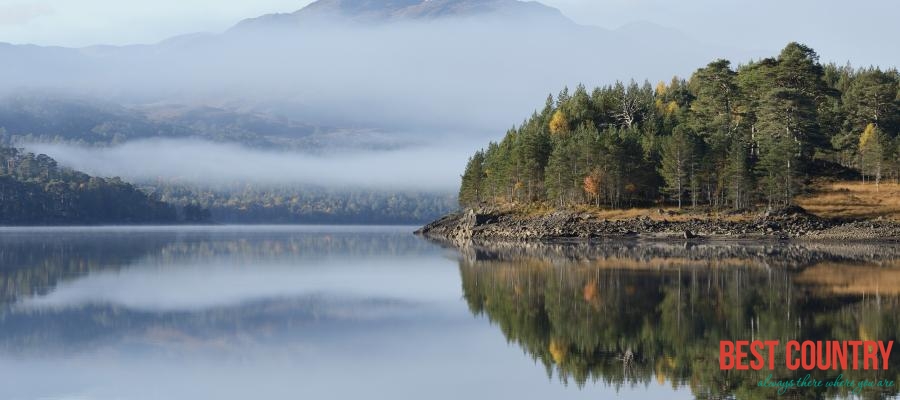Scottish Weather and Climate

The climate is oceanic, with no extreme variations or exceptional events like tornadoes, droughts or widespread floods, but the day to day weather can vary enormously and unpredictably, and is a national source of daily conversation.
The east coast has a marginally more continental climate than the west, with drier weather, sunnier summers and colder winters.
The prevailing winds are from the west and southwest, and are constant and important feature in the islands and high hills.
Sunshine
Due to the low pressure systems from the Atlantic Ocean and the hilly nature of the terrain, Scotland is generally cloudier than England.
Although some parts like Fife, Angus, the Lothians, Dumfries, Ayrshire and Galloway gets an average of over 1400 hours of sunshine per year.
The coldest parts of Scotland are the more mountainous areas, with an average of only 1100 hours of sun per year. These figures are at their highest in the months of May and June and at their lowest in December.
The high latitude of Scotland means that although winter days are very short, summer days are very long with an extended twilight and on the longest day there no complete darkness in the north region of Scotland.
Rainfall
Many people think that the whole of Scotland experiences high rainfall, in fact, the rainfall in Scotland varies extensively, ranging from 3000mm per year in the western Highlands and to under 800mm per year near the east coast.
The wettest parts of Scotland experience an average of 250 days of rain per year, whereas the driest parts only experience an average of about 150 days of rain per year.
Winds
Most commonly the wind in Scotland blows in a south-west direction but it changes markedly from day to day accordingly to weather systems.
Temperature
January and February are generally the coldest months in Scotland, with the daytime maximum temperatures that ranges of an average of around 5°C to 7°C. July and August are normally the warmest months in Scotland, with temperatures of an average 19°C.
The temperatures in Scotland are generally a few degrees cooler than in England because of the hilly terrace and the Atlantic Ocean.
Snow
The average number of days with snow falling in Scotland ranges from 15 to 20 days, whereas on the peaks and mountains the average number of days with snow falling is about 100 days.
Visibility
Scotland often enjoys great visibility, although hill fog sometimes restricts the visibility. Sea fog from the North Sea, known as "haar" also sometimes ruins what would be a perfect day.